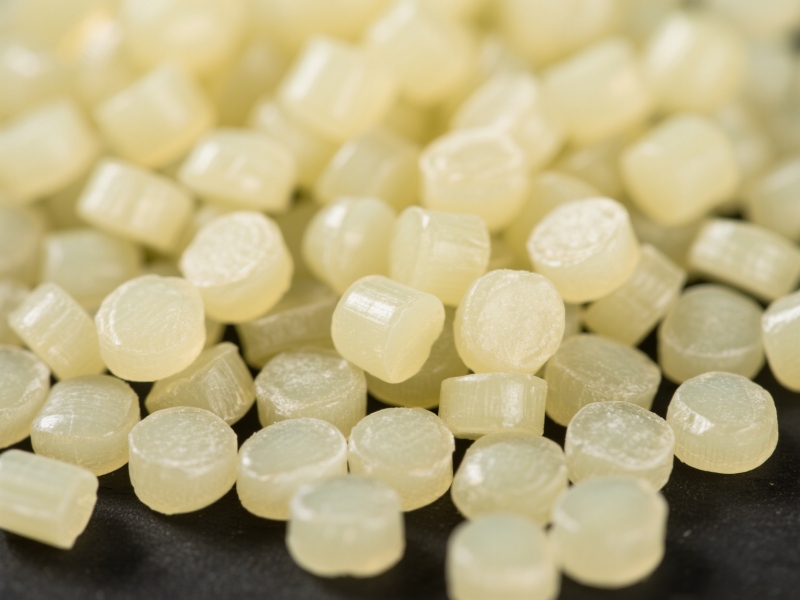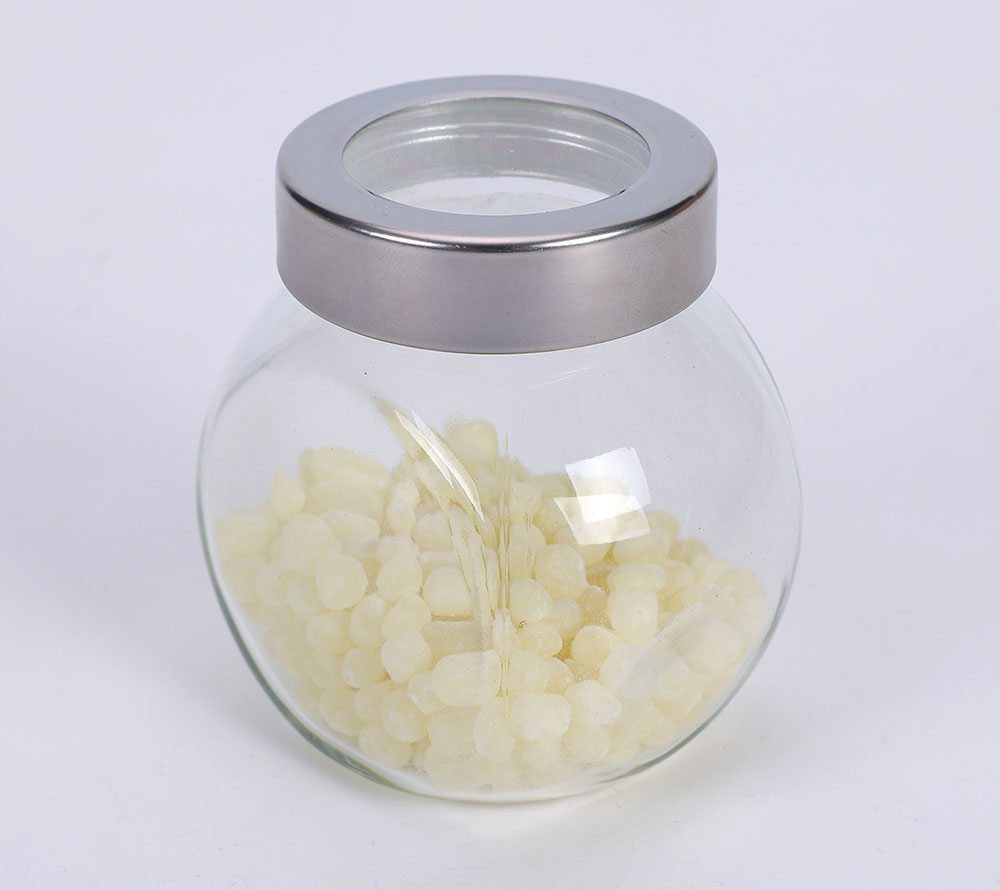Every production manager has been there—standing between two options that look the same on paper but behave very differently in practice. In the world of rubber compounding, SI69-50 pre-dispersed masterbatch and liquid Si69 silane coupling agent are often compared side by side. At first glance, they serve the same purpose: improving filler–rubber interaction, reinforcing properties, and boosting final product performance. But as many factories have discovered, the real difference lies in how these two forms behave during processing, storage, and long-term use.

Handling and Processing Convenience
SI69-50 comes as a dust-free, pre-dispersed masterbatch, which means it can be added directly into the compound without special equipment. In contrast, liquid Si69 is sticky and difficult to meter precisely, often requiring extra steps like dilution or pre-mixing. Many production teams find SI69-50 easier to handle, especially when consistency in dosing matters.
Improved Dispersion in Rubber Compounds
Uniform dispersion is critical for achieving the desired reinforcement in silica-filled compounds. SI69-50 ensures that the silane is evenly distributed in the rubber matrix, reducing the risk of “hot spots” or localized over-reactions. Liquid Si69, however, can sometimes cause uneven distribution if not mixed carefully, which leads to variability in product quality.
Dust-Free and Safer Workplace
Anyone who has handled powdered or sticky liquid additives knows the mess they can create. SI69-50 is designed as a dust-free pellet form, making the workplace cleaner and safer for operators. This not only improves worker comfort but also reduces occupational health risks associated with airborne particles or direct skin contact with liquid silanes.
Consistency and Storage Stability
Liquid Si69 is sensitive to moisture and tends to hydrolyze over time, which can reduce its effectiveness. SI69-50, by contrast, is stabilized within a polymer carrier, protecting the active silane from premature reaction. This means longer shelf life, easier inventory management, and less waste for manufacturers.
Impact on Mixing Efficiency and Cycle Time

Because SI69-50 is pre-dispersed, it integrates into the compound more efficiently, often reducing mixing time and improving batch-to-batch reproducibility. Shorter mixing cycles translate to higher throughput and less energy consumption. Factories working at high production volumes often report noticeable time savings compared with using liquid Si69.
Performance in End-Use Applications
In tire tread, industrial rubber products, and high-performance seals, SI69-50 contributes to improved dynamic properties, lower rolling resistance, and enhanced wear resistance. While liquid Si69 can deliver similar performance, the difference in processing often leads to more stable and predictable outcomes with the masterbatch form. Customers who prioritize consistency in their end products lean toward SI69-50.
Cost-Effectiveness in Large-Scale Production
Although the upfront cost of SI69-50 might seem slightly higher, the savings come from reduced waste, shorter mixing cycles, and fewer quality control issues. For large-scale manufacturers, these small advantages accumulate into a significant cost benefit. Liquid Si69, on the other hand, may seem economical at first but often introduces hidden costs related to handling, storage, and rework.
Environmental and Regulatory Compliance
Global regulations are tightening around workplace safety and emissions. SI69-50’s dust-free, solid form makes it easier for factories to stay compliant with occupational health standards. It also reduces the likelihood of spills and volatile emissions that are more commonly associated with liquid forms. This makes SI69-50 not just a technical choice but also a responsible one.
Choosing between SI69-50 and liquid Si69 is not just about comparing two chemical products—it is about comparing two different ways of running a production line. SI69-50 offers ease of handling, better dispersion, workplace safety, and long-term stability, all of which translate into smoother operations and more reliable product performance. For companies looking to balance technical excellence with practical efficiency, SI69-50 is increasingly becoming the smarter choice.
 cwc@jxbh-masterbatch.com
cwc@jxbh-masterbatch.com Jiaxing Beihua Polymer Auxiliaries Co., Ltd. / Shanghai Crystal Wells Chemical New Materials Co., Ltd.
Jiaxing Beihua Polymer Auxiliaries Co., Ltd. / Shanghai Crystal Wells Chemical New Materials Co., Ltd.
































